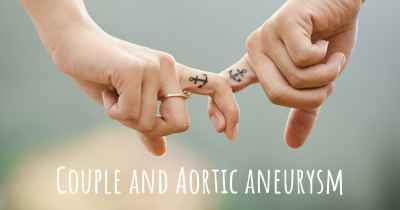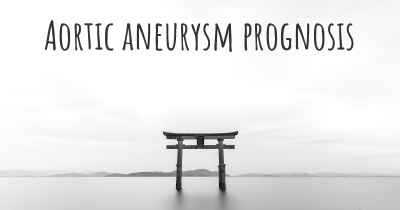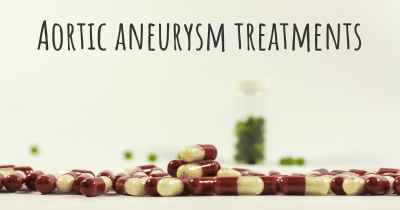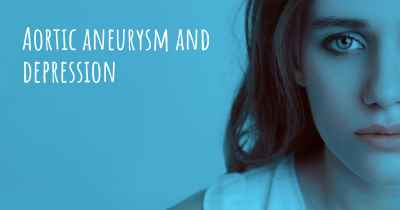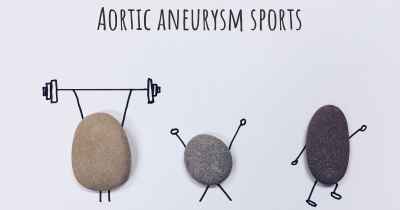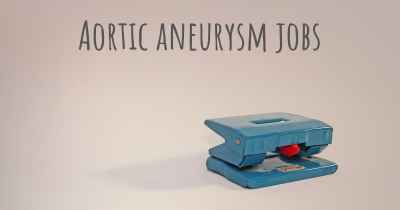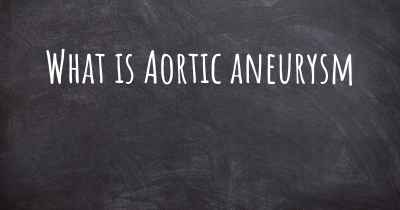
Rock From The Heart
Error
In March of 2015 my husband went in for a routine physical. The doctor heard a heart murmur and scheduled Pete for an echocardiogram.
I will never forget when Pete got the call and was told he had a 5cm ascending aortic aneurysm and moderate aortic stenosis that would require surgery. I’d never heard of these conditions. When I looked it up on the internet and learned what it was, I felt sick.
We met with Pete’s primary care doctor later that day, and he explained everything to us. He told us that John Ritter had died from an aortic aneurysm, and we were very lucky it was caught early. He said, “this is fixable.” A few weeks later we met with a cardiologist, who didn’t see any urgency to get the surgery now. “We don’t operate until it is 5.5cm,” he said. When Pete asked him if this was hereditary, the doctor said, “no.” He said the office would call to set a followup appointment in 6 months.
Six months later we met with a different cardiologist, who seemed more concerned about the aneurysm. He sent my husband for a contrast CT so they could get a more accurate measurement. The scan showed the aneurysm was slightly under 5cm, so we decided to watch and wait again. The doctor said he was confident it would be okay to wait, but not for too long. We also met with the surgeon who agreed it was safe to wait. Pete would be monitored every 6 months to check progression of the aneurysm and stenosis. He also explained in detail what the signs and symptoms of aortic dissection were and to call immediately if Pete experienced any symptoms. If the aorta tears, you don’t have much time and most people don’t survive it.
At Pete’s May 2017 appointment, the aneurysm was at 5cm, and the stenosis had progressed to severe. My husband said, “I guess it’s time to man up and get this fixed,” and we scheduled surgery for July 12, 2017. Thankfully, the surgery was a success. After he got home from the hospital, Pete followed doctor's orders, attended all is cardiac rehab sessions and gradually began to feel like himself again.
The thing that stands out to me about this experience is that were initially told this wasn’t a hereditary condition. Our second cardiologist told us that it WAS hereditary. He said our kids should be tested, and that John Ritter’s father, Tex, may have died from the same condition. It does run in families. I didn't like that we were given wrong information on that first visit. We needed to know that Pete's immediate family members needed to get tested.
Before he went in for surgery, my husband and I decided that once he recovered, we would find a way to help others by raising awareness of this silent killer. When Pete’s condition was discovered, he had no symptoms. He felt fine. Had his doctor not heard that murmur and sent him for the echo, I’d be telling a very different story. Because of the work the John Ritter Foundation has done, doctors are looking for the signs and sending patients in for testing. Now it is our turn to give back.
Pete and Amy Johnson
Rock from the Heart Founders
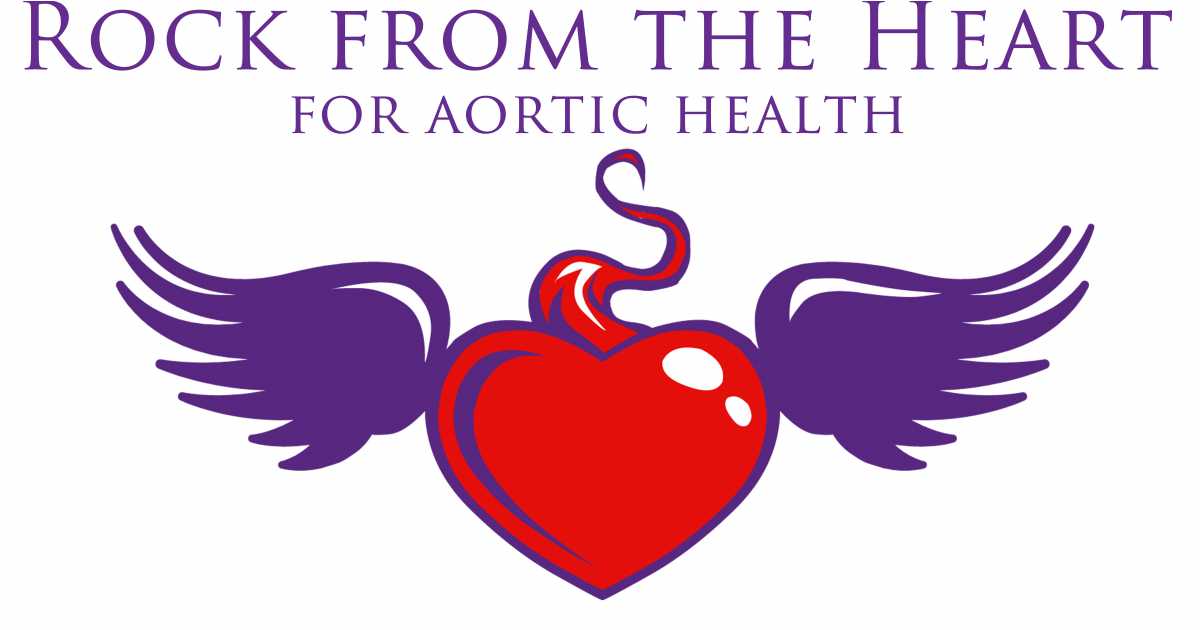
1 comment
Dear Pete and Amy, thanks for sharing. Hugs from Sweden / Timo
Commented 5 years ago Timo Söderlund 6072
